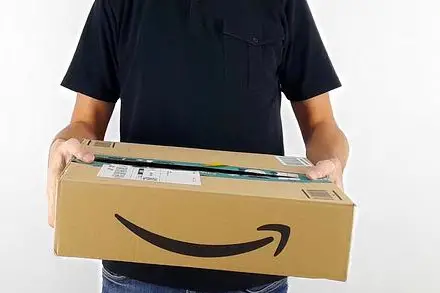On Monday, Reuters reported that online retail giant Amazon has begun offering $10 off to select customers to pick up their orders, rather than have them delivered.
According to the report, over the previous few days, Amazon Prime service subscribers have begun receiving emails offering them $10 refunds on their orders of $25 or more, if they would pick them up at locations such as Whole Foods, Amazon Fresh, or Kohls stores. The report did not specify how many Amazon customers received the emails.
The report comes as the online giant is struggling with laxening demand, and seeking to cut overhead costs, such as for home delivery, to improve margins.
Amazon is reportedly hoping that if customers use pickup points more, and the company can bypass the high costs of residential package drop-offs, it could provide “a huge opportunity for Amazon to reduce the cost of delivery,” according to Dean Maciuba, a New York based shipping consultant quoted by the agency.
Maciuba, who was among those to receive the emails, noted it would also help to train customers to make returns directly to the company.
In a separate development, the company has also begun charging customers a $1 fee if they return a purchase using a UPS store, if there was an Amazon pickup return location in closer proximity to their delivery address.
Long-known for its fast, free deliveries and returns, Amazon has been struggling, with its last earnings report in 2022 showing slower growth and tighter margins. That is forcing the company to seek to cut costs following a period of explosive growth during the pandemic.
The company has focused on cutting delivery-related costs, through a number of measures. So far the company has raised the cost of its Prime subscription, which offers free shipping benefits. Previously costing $119, the company raised it to $139. It has also increased the minimum order level to get free deliveries on groceries, and encouraged customers to pick one day of the week to have all of their packages delivered in one visit.
In addition, the company first announced it would be eliminating 18,000 jobs, and then just two months later announced it would eliminate a further 9,000 positions.

